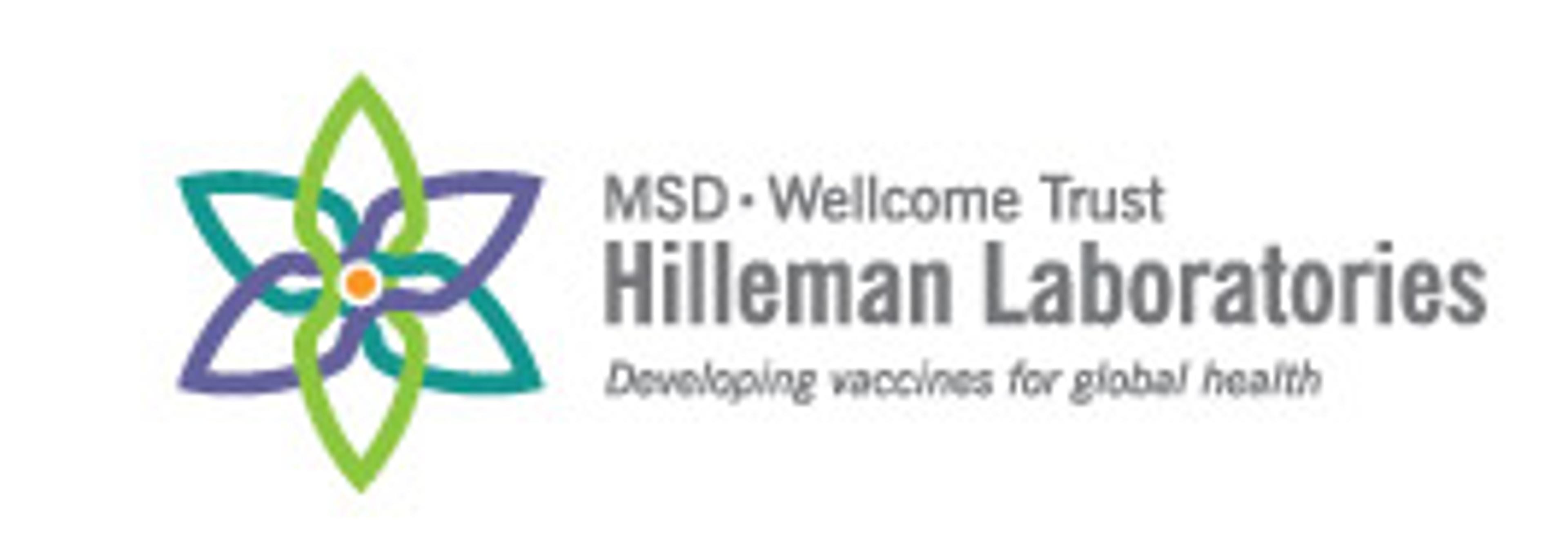Hilleman Laboratories: A potential answer to the inequity in vaccine need and vaccine supply?
Vaccines have delivered enormous health gains by eradicating some of the worst diseases confronted by humanity. As a result Giving What We Can has been looking into biomedical research projects as potentially high-leverage opportunities for donors. As part of our investigation we spoke with Hilleman Laboratories, a research group operating in new Delhi, India that tries to adapt vaccines to make them suitable for widespread use in the developing world. We concluded that thanks to seed capital from some large pharmaceutical companies they did not have any need for additional funding from our members. However, Dr Davinder Gill, Hilleman Laboratory's Chief Executive Officer kindly made time to talk to Eliz Kilich of Giving What We Can about their research and what 'funding gaps' remain in vaccine research.

What is necessary for a biomedical project to be worthwhile?
I think there are three essential components to a project being worthwhile. Firstly, there must be a public health need. Secondly, it is essential that the appropriate resources and networks are available and can be utilised effectively. The project needs to be financially viable. The third component to a successful project is organisation. The skills, competency, experience and potential outreach of the organisation are critical. There must be a clear goal – a point of completion.
Why have we struggled to produce some vaccines in the past despite substantial investment?
Investment has mostly taken place in the developed world. This does not reflect the areas where the burden of diseases such as TB, malaria and HIV are highest. Therefore vaccines have been developed largely for the needs of the developed world. The issues of access and affordability have not been addressed. There is a clear difference in equity in the developed world and developing world.
In terms of why investment has not directly yielded results is largely because the research is inherently “risky.” There is no real guarantee of success. HIV, malaria, TB are extremely complex diseases meaning we are still unsure which strategy to use when developing vaccines.
Which diseases or approaches are currently neglected?
This includes some of the world’s tropical diseases such as Dengue, Chagas Disease and Leishmaniasis. Respiratory and diarrhoeal diseases are also a major health burden in the developing world with few affordable vaccines available. This will include pneumococci, rotavirus and other gastroenteritis-causing organisms.
In terms of approaches that are neglected, I would say the technical aspects, such as altering the formulation, packaging and delivery method, have been overlooked in the past. The current methods are not optimized for the developing world. For instance, Rotavirus Vaccine licenced in 2006 is in liquid form and needs to be refrigerated in order to thermostabilise the vaccine. If delivery methods can be improved the costs could be kept very low.
What are the main goals of Hilleman Laboratories and what makes it such a good project?
Our goal is to bridge the translational gap between research and development of vaccines to suit the needs of the developing world. We have a unique and strong 50:50 partnership between the Welcome Trust and Merck. Also, by being based in India we have a strong infrastructure to leverage, because the country has a long tradition of actually making vaccines. At the moment we are still in preclinical research but aim to test our products in clinical trials by next year.
What benefit would the vaccines you plan to develop offer?
The main obstacle to the access of vaccines in the developing world is pricing. The vaccines for such diseases (as mentioned above) cannot be afforded by the developing world. Despite organisations such as GAVI subsidising the prices from $50 to about $5 a dose, this is still unaffordable for the broader needs of the developing world. Hopefully, the optimised vaccine will reduce the cost to $1 a dose or less. This saved procurement cost would be added to the saved distribution cost of vaccines by reducing wastage.
Vaccines need to be kept cold otherwise their effectiveness can be reduced a lot and their shelf life is shortened. Vaccines cannot be adequately stored in the cold in tropical climates where transport is difficult. Therefore a thermostable vaccine would impact to reduce the cost dramatically. These reduced expenses for delivery and disposal would reflect in the price of the vaccine. By being manufactured in the developing world the operational cost would also be kept low, allowing the price of the vaccine to be affordable.
What are the pitfalls such research can fall into?
The obstacles include timing. It is important that stakeholders, that will be crucial in the implementation of the vaccine, are brought into the development and conversations early on. Not being fast enough to deal with local agencies, government and distribution could hinder progress. This is because we would be in a situation where technically the problem of vaccine design is solved but we would have no one to take on the vaccine to adapt and implement it.
What is the future for Hilleman Laboratories?
Hilleman Laboratories has a strong and committed mission to address the major needs in global health. As a strong partnership and as a global company we are well-connected to global health policy makers and agencies. Our collaborative model, network and technical innovation provides us with the resources to make our long term goals successful.